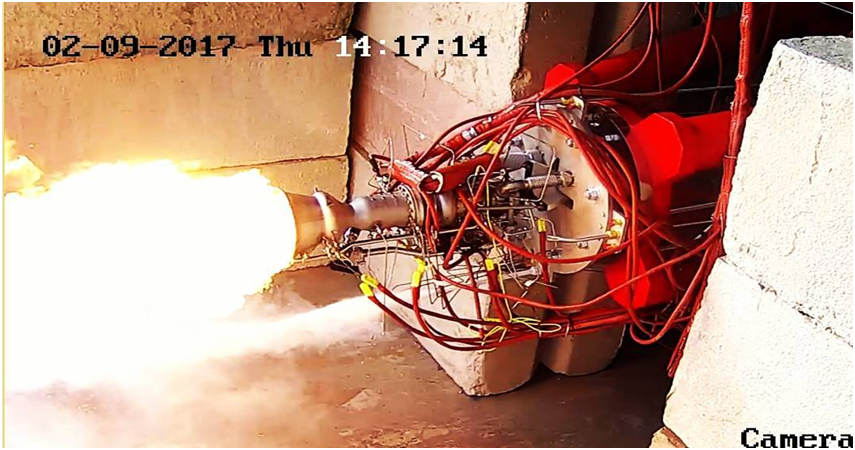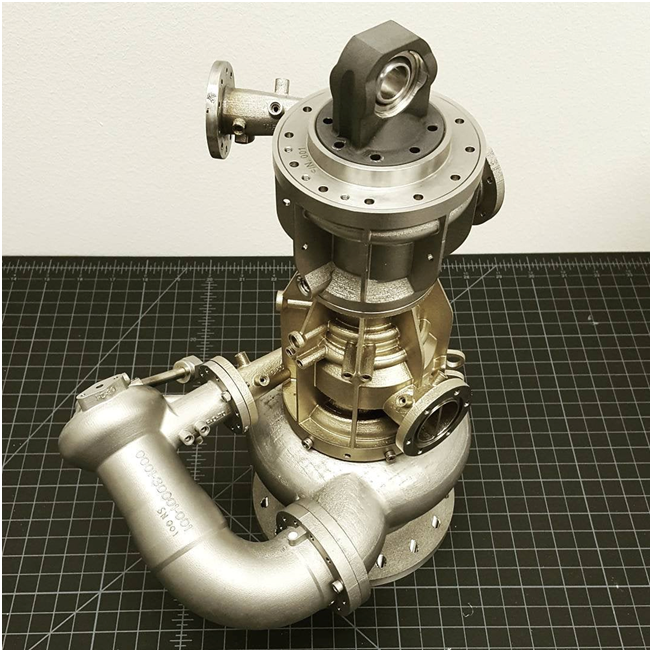
Charles R. Goulding and Preeti Sulibhavi consider out-of-this-world opportunities for 3D printing.
Colorado-based Ursa Major Technologies, designer and manufacturer of propulsion systems for microsatellites and nanosatellites, is striving to be an OEM supplier of rocket engines for the private rocket industry. Their engine model names are Hadley, Ripley and Samus.
As the private rocket industry is maturing there is increasing recognition that rocket-builders are probably better served by specialist suppliers. With product line focus rather than a bespoke approach, Ursa can make more powerful, higher-quality engines at a lower price point.
Despite the private rocket industry being a relatively new sector, most of Ursa’s experts have previous experience with either Blue Origins or SpaceX. In a recent TV interview on Cheddar on a program about the Future of Space, Scott Walsh, an engineer and Director of Advanced Programs at Ursa, explained that the company is seeking to apply developing 3D printing technology rather than be a 3D printing innovator. As a result, the engines have a high percentage of 3D printed components based on body mass. With a focus on small satellites, the company is focused on miniaturization and the nano and microsatellite markets. In November of 2020, the company completed a $26 million funding round.

Companies engaged in 3D printing activities and similar developments may be eligible for the Research and Development Tax Credit.
The Research & Development Tax Credit
Whether it’s used for creating and testing prototypes or for final production, 3D printing is a great indicator that R&D Credit eligible activities are taking place. Companies implementing this technology at any point should consider taking advantage of R&D Tax Credits.
Enacted in 1981, the now permanent Federal Research and Development (R&D) Tax Credit allows a credit that typically ranges from 4%-7% of eligible spending for new and improved products and processes. Qualified research must meet the following four criteria:
- Must be technological in nature
- Must be a component of the taxpayer’s business
- Must represent R&D in the experimental sense and generally includes all such costs related to the development or improvement of a product or process
- Must eliminate uncertainty through a process of experimentation that considers one or more alternatives
Eligible costs include US employee wages, cost of supplies consumed in the R&D process, cost of pre-production testing, US contract research expenses, and certain costs associated with developing a patent.
On December 18, 2015, President Obama signed the PATH Act, making the R&D Tax Credit permanent. Since 2016, the R&D credit has been used to offset Alternative Minimum Tax (AMT) for companies with revenue below $50MM and, startup businesses can obtain up to $250,000 per year in payroll tax cash rebates.
Stellar Results
It is a good sign when industry alumni from pioneers like SpaceX and Blue Origin can join a specialty product company and continue to drive rocket technology into the future. For the 3D printing industry, this is an exciting business sector that is using 3D printing components as part of its production processes. This will help advance both industries with stellar results.
